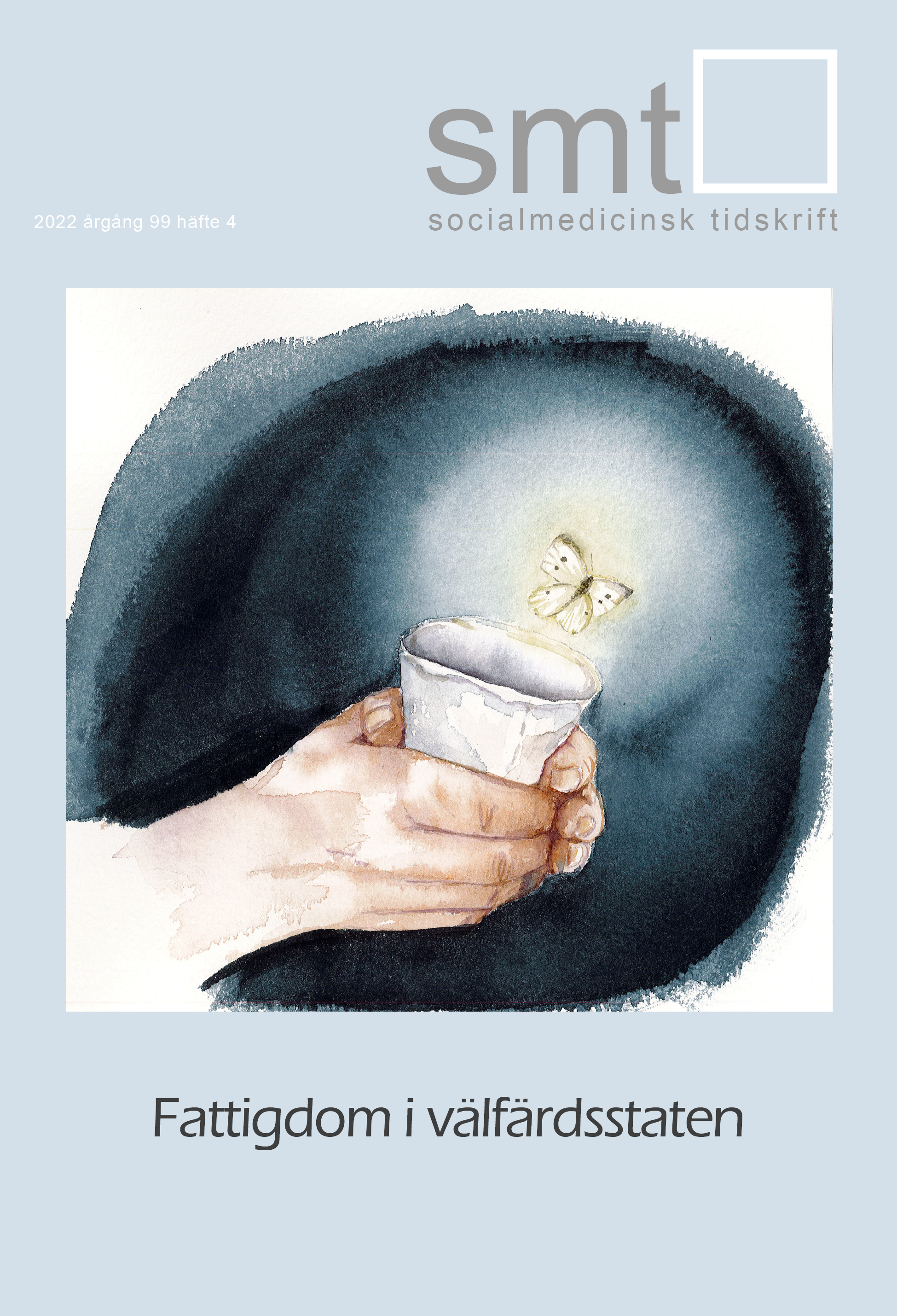Abstract
There is an established view that 20th century help for people with severe mental illness consisted of medical psychiatric care in institutions. The public image of the institutions showed routines for investigating the inmates, diagnosing them and placing them in different wards, all of which were described as based on scientific systematic practice. This study shows another side of the activities of the institutions for people with mental illness. It shows that psychiatry came second and sometimes third, and that it was instead practical administration and parts of the social everyday life in contemporary Sweden that shaped the activities of the locked and large institutions. Could it also be that the practical arrangement and administration of the activity will not be a result of the design of the mental hospital; but instead it is the practical and administrative that in a reverse way shapes the mental hospital? This article is based on the idea that everyday, practical and at first glance bland things, in a very tangible way, contribute to the development of the mental hospital as a social phenomenon.

This work is licensed under a Creative Commons Attribution-NonCommercial 3.0 Unported License.
Copyright (c) 2022 Rikard Eriksson, Pål Ellingsen
